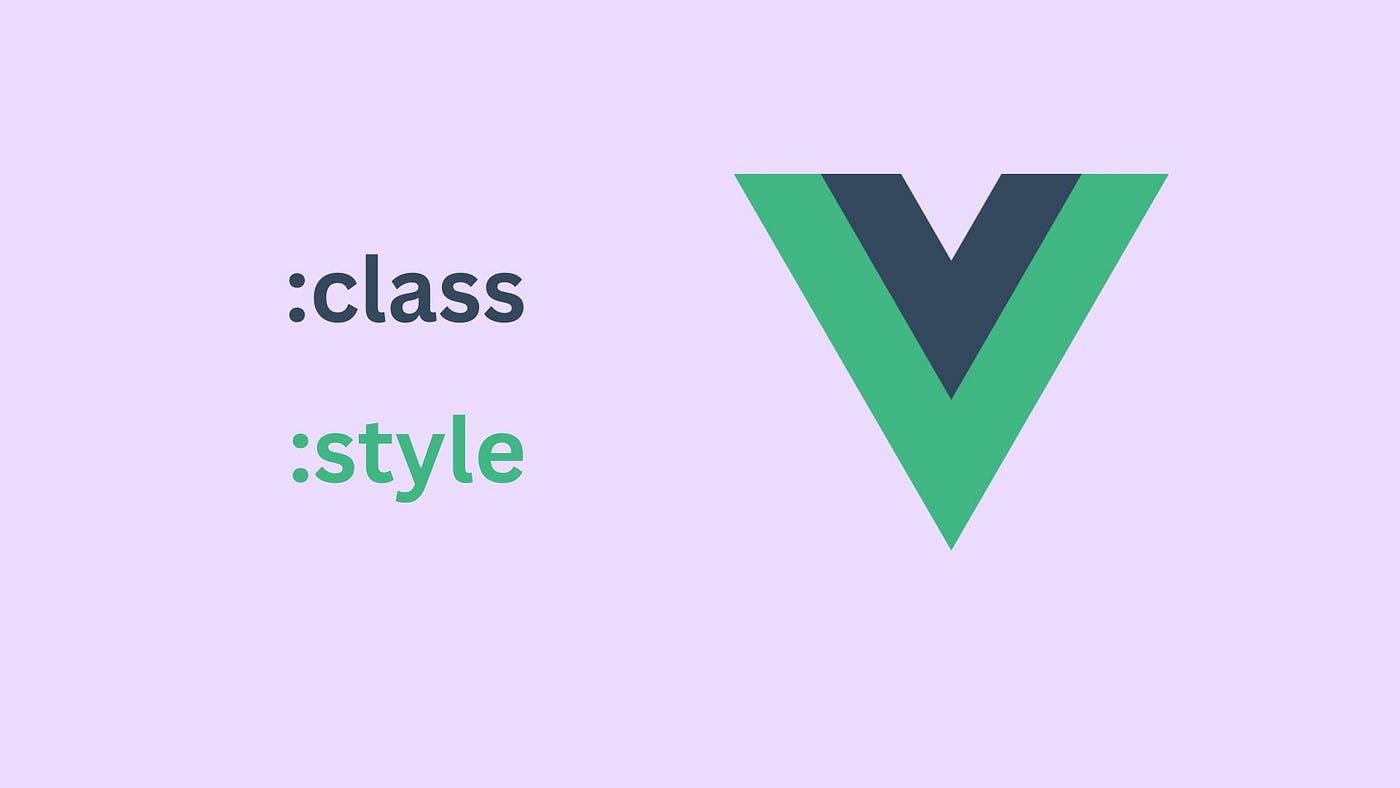Vue.js :style Binding
The `:style` directive in Vue.js offers a powerful way to dynamically apply CSS styles to elements based on component data. This allows for highly customized and interactive user interfaces.
Combining Styles in Arrays
To combine multiple styles, you can pass an array of objects to `:style`:
This text is red and 24px in size.
Using String Concatenation
Create dynamic style values using string concatenation:
This element has a dynamic line-height.
Conditional Styling
Apply styles based on conditions using ternary operators or `v-if`:
This text is green if active, red otherwise.
Animating Elements
Create simple animations by changing CSS properties over time:
Binding to Computed Properties
Use computed properties for complex style calculations:
Key Considerations
- Performance:** Overusing `:style` can impact performance. Use CSS classes for static styles and minimize re-calculations.
- Reactivity:** Changes in the bound data will automatically update the styles.
- Specificity:** `:style` overrides inline styles and styles defined in CSS rules.
- Object Syntax:** Ensure correct property names and values.
Best Practices
- Use `:style` for dynamic styles tied to component data.
- Prefer CSS classes for static styles.
- Avoid excessive re-calculations within `:style` expressions.
- Consider using a CSS-in-JS solution for larger projects.
Additional Tips
- Use `v-bind:style` for more explicit syntax.
- Omit units for unitless properties like `z-index` and `opacity`.
- Handle vendor prefixes using objects with multiple properties.
Conclusion
The `:style` directive is a versatile tool for creating dynamic and responsive user interfaces in Vue.js. By understanding its capabilities and following best practices, you can effectively leverage this feature to build more engaging applications.



Post a Comment
0Comments